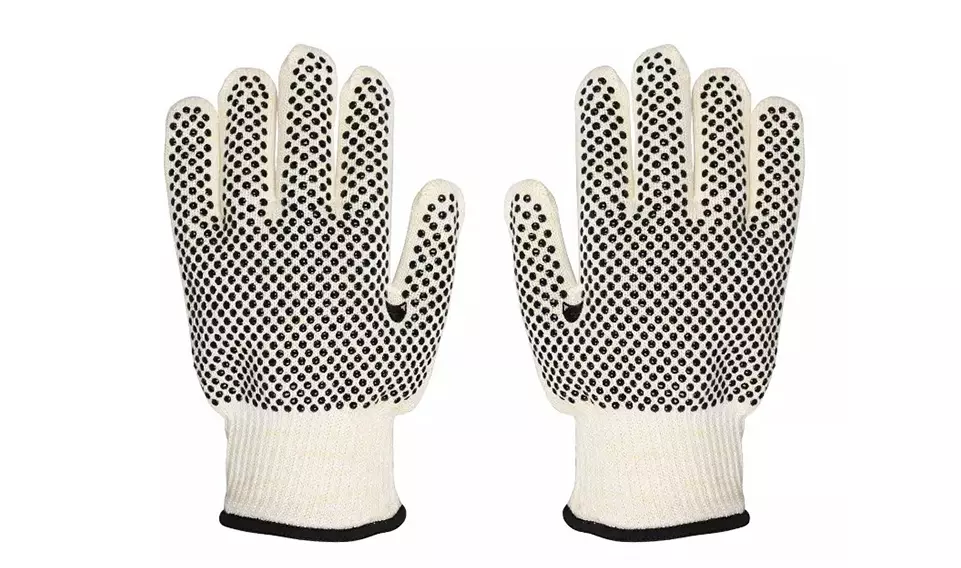
How to judge the quality of heat-resistant gloves?
Heat-resistant gloves are protective gloves designed for high-temperature environments, designed to protect the user's hands from damage such as high temperature, flames, thermal radiation, etc. Judging the quality of heat-resistant gloves is a process of comprehensive consideration of multiple factors.
1. Materials and ingredientsMaterial types: Heat-resistant gloves are usually made of heat-resistant materials such as carbon fiber, asbestos, glass fiber or aramid. These materials have excellent heat resistance and can remain stable in high temperature environments.
Purity and quality: The purity and quality of the material directly affect the heat resistance of the gloves. High-quality materials can provide better protection.
2. High-temperature resistanceTemperature range: Understand the high-temperature resistance temperature range of the gloves to ensure that it can meet your work needs. Generally speaking, the temperature resistance range of heat-resistant gloves can range from 100 degrees to thousands of degrees, depending on the material and design.
Continuous working time: The ability of gloves to work continuously at high temperatures is also an important indicator for judging their quality. High-quality gloves can work stably for a long time at the specified high temperature.
3. Physical and chemical stabilityPhysical reaction: At high temperatures, gloves should not undergo obvious physical changes, such as deformation, melting or cracking.
Chemical reaction: Glove materials should not react chemically with contacting substances at high temperatures, such as burning, carbonization or oxidation.
4. Safety performanceProtection level: Depending on the working environment, gloves may need to have different protection levels, such as anti-cutting, anti-abrasion, anti-static, etc.
Comfort: The comfort of gloves is also very important, which is related to the work efficiency and safety of workers. High-quality gloves should have good breathability and appropriate thickness to reduce hand fatigue and discomfort.
5. Certification and standardsCertification marks: Check whether the gloves have passed relevant safety certifications, such as CE, UL, etc. These certification marks indicate that the gloves meet certain safety standards and performance requirements.
Standard compliance: Understand whether the gloves meet relevant international or domestic standards, such as GB/T 12903-2008 (Chinese national standard), EN388 and EN407 (European standards) and ANSI/ISEA 105-2016 (American standards).
6. User experience and feedbackUser evaluation: Check other users' evaluation and feedback on high temperature resistant gloves to understand the performance of the gloves in actual use.
Trial experience: If conditions permit, you can try the gloves yourself to feel their comfort, flexibility and high temperature resistance.
In summary, judging the quality of high temperature resistant gloves requires comprehensive consideration of materials, high temperature resistance, physical and chemical stability, safety performance, certification and standards, as well as user experience and feedback. When choosing high temperature resistant gloves, it is recommended to choose according to the specific working environment and needs, and give priority to well-known brands and high-quality products.












